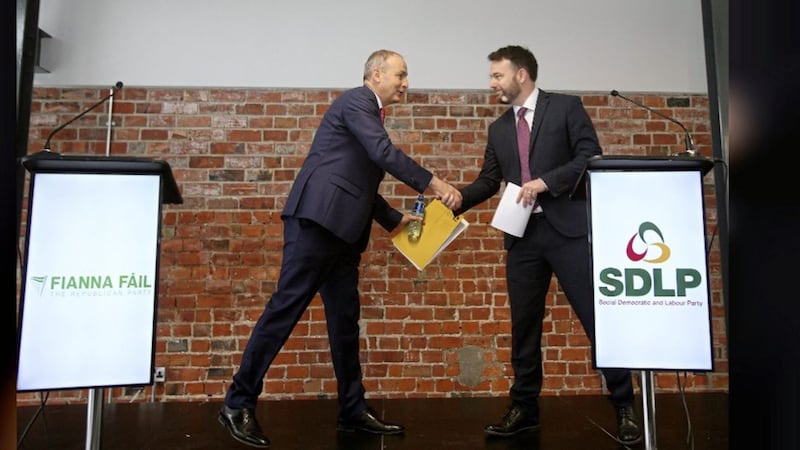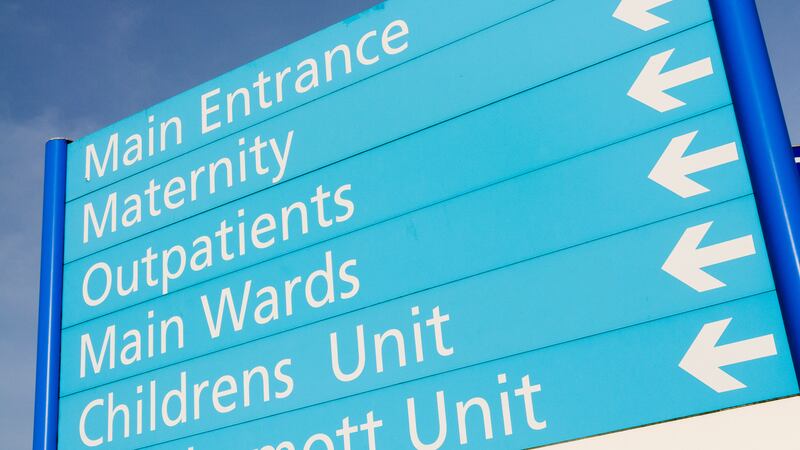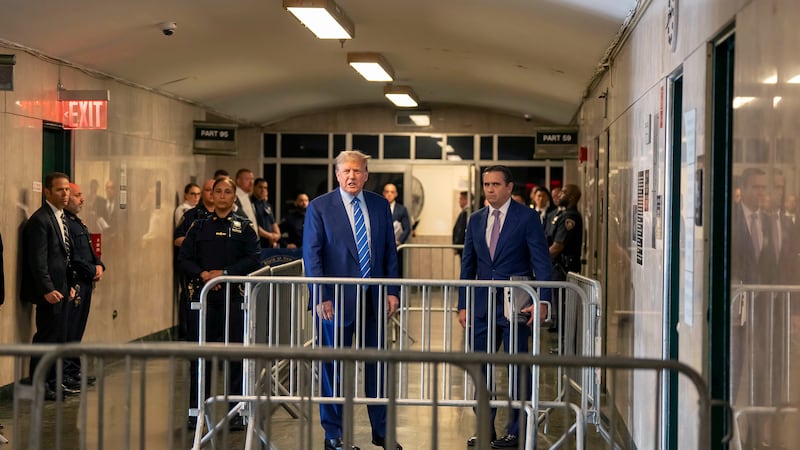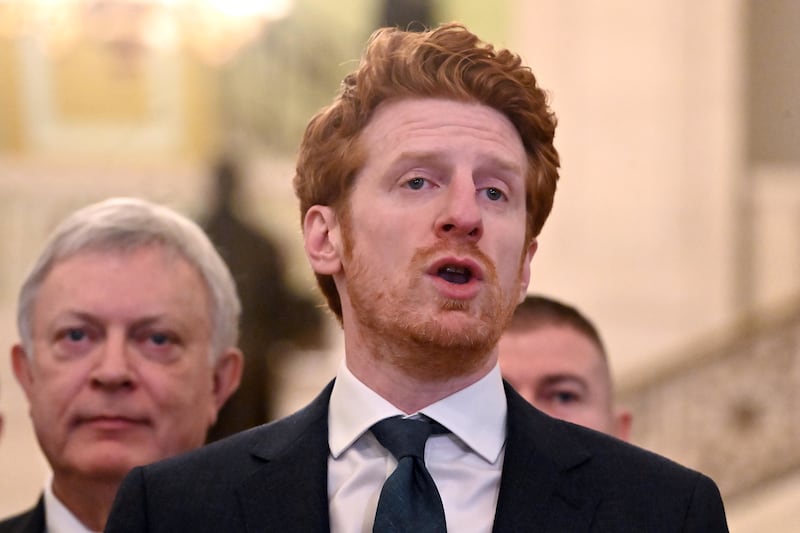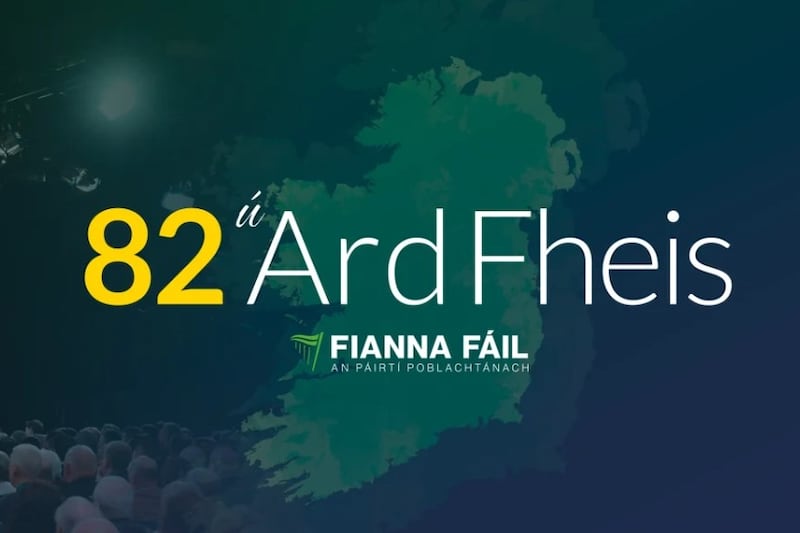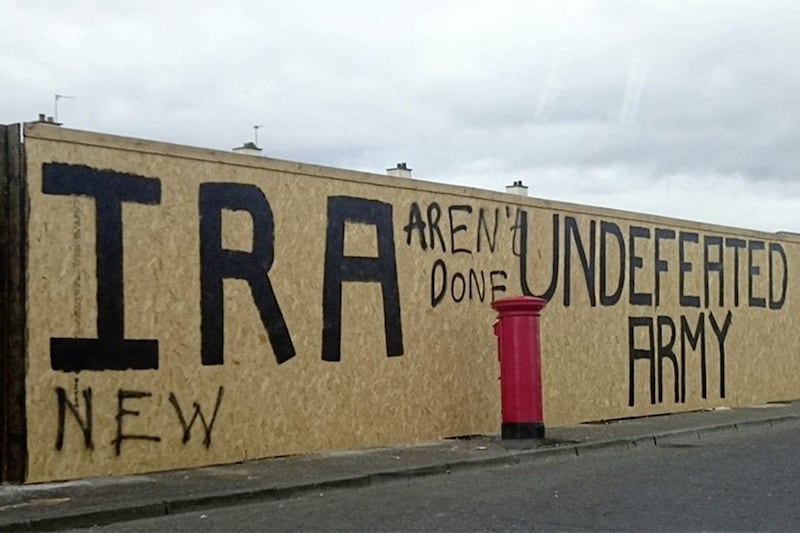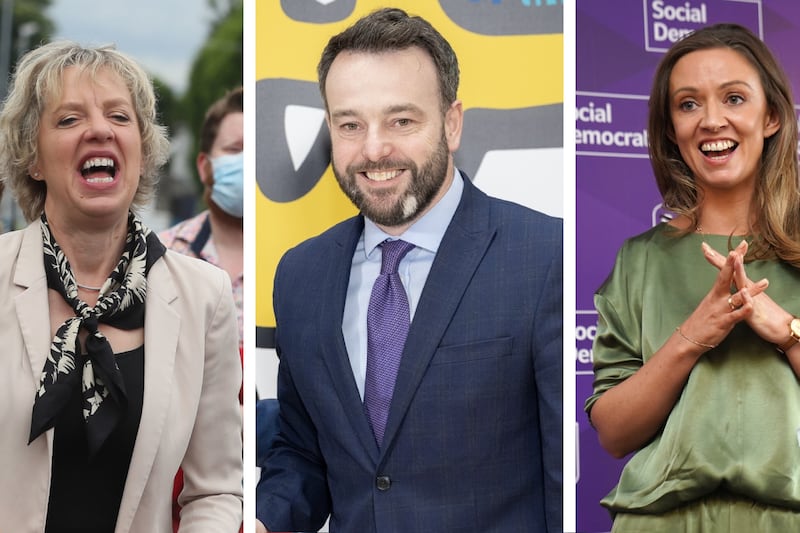WHEN the leaders of the SDLP and Fianna Fáil held a joint press conference last year formally announcing a partnership plan, they hailed it as "historic".
Colum Eastwood and Micheál Martin stood behind lecterns in the sleek surrounds of Artola House in central Belfast as they outlined their vision.
Some weeks later the SDLP held a special conference in Newry for party members. While there had been vocal opposition, a clear majority of 70 per cent endorsed the plan.
That was a year ago yesterday. Since then, the partnership seems to have gone very quiet.
While Mr Eastwood and other SDLP reps were out canvassing for Fianna Fáil in the Republic's general election campaign, some such as Claire Hanna have been backing a number of candidates from other parties.
Ms Hanna joined Fine Gael's Neale Richmond and Emer Currie on the campaign trail as well as Labour's Ged Nash.
The South Belfast MP said she has supported "friends" from Labour, Fine Gael and Fianna Fáil.
Ms Hanna was among the SDLP's most senior opponents to the Fianna Fáil link-up, prompting her resignation as Brexit spokesperson and not attending SDLP assembly group meetings.
She remains opposed to the arrangement, but the party's successful Westminster election campaign in December – meaning Ms Hanna and Mr Eastwood now work side-by-side as MPs – appears to have hastened a reconciliation of sorts.
Former Omagh independent councillor Sorcha McAnespy, a Fianna Fáil national executive member, has been canvassing for the party in the Republic.
She said that for grassroots members it is "not nice to see some of the SDLP – who we're meant to be in a partnership with – out canvassing for our political rivals".
Ms McAnespy became caught up in a Fianna Fáil row after she was unofficially announced as a candidate for the party in the north's council elections.
Fianna Fáil headquarters distanced itself from the unveiling, and when the SDLP partnership was formalised Ms McAnespy instead stood unsuccessfully for re-election as an independent.
She has remained active in Fianna Fáil, but she said there "hasn't been an awful lot of conversation about the SDLP tie-up".
After the dust settles on the Dáil election, she believes there "has to be a proper conversation between the two parties" about the partnership's future.
The political landscape of 2020 is a very different one to a year ago: Stormont is back, the Tories have a majority Westminster government, and the UK has left the European Union, albeit in transition.
But SDLP Mid Ulster MLA Patsy McGlone, who canvassed for Fianna Fáíl's Brendan Smith in Cavan-Monaghan, remains positive about the partnership.
"We have had a number of policy meetings and officials have been meeting at different levels exchanging ideas," he said.
"I think the fact that we have had a number of elections both north and south has kind of moved the focus slightly and didn't afford us the time to meet and engage on strategy."
Mr McGlone was relaxed about his SDLP colleagues canvassing for candidates from other parties.
"There's some people who have developed friendships over the years and it's very difficult to turn away a friend."
He said the partnership had "a lot of potential" and was important in areas such as Brexit.
"We will still need these vital political links with the rest of the island, especially if Fianna Fáil are going into government," he said.
Former SDLP councillor Máiría Cahill opposed the partnership and has since left the party.
As a former Labour senator, she saw the SDLP as a sister party and one that "had a good relationship with all the parties in the south".
"To me it just did not make sense and the way it was handled was not as well as it should have been. I think people were railroaded into a decision with it. But I respect that the party made a decision on it," she said.
"I don't think it has had the pizazz that people who supported it expected it to have.
"There have been individual instances of people working on different policies, but really in terms of an effective working partnership, there hasn't been any tangible evidence that it's affecting politics on the ground."
The text of the SDLP and Fianna Fáil's 'All-Island Partnership', seen by The Irish News, described its "immediate focus" as Brexit and restoring Stormont.
But in essence, the partnership involved setting up a "joint working group" to develop new policies underpinned by "detailed polling and research".
The parties would also work together to "provide enhanced research, electoral and organisational capacity".
The Irish News asked the SDLP to confirm who sits on the working group and when it last met, but the party did not respond.
It was also unable to provide any information on what policies or research have resulted from the partnership.
